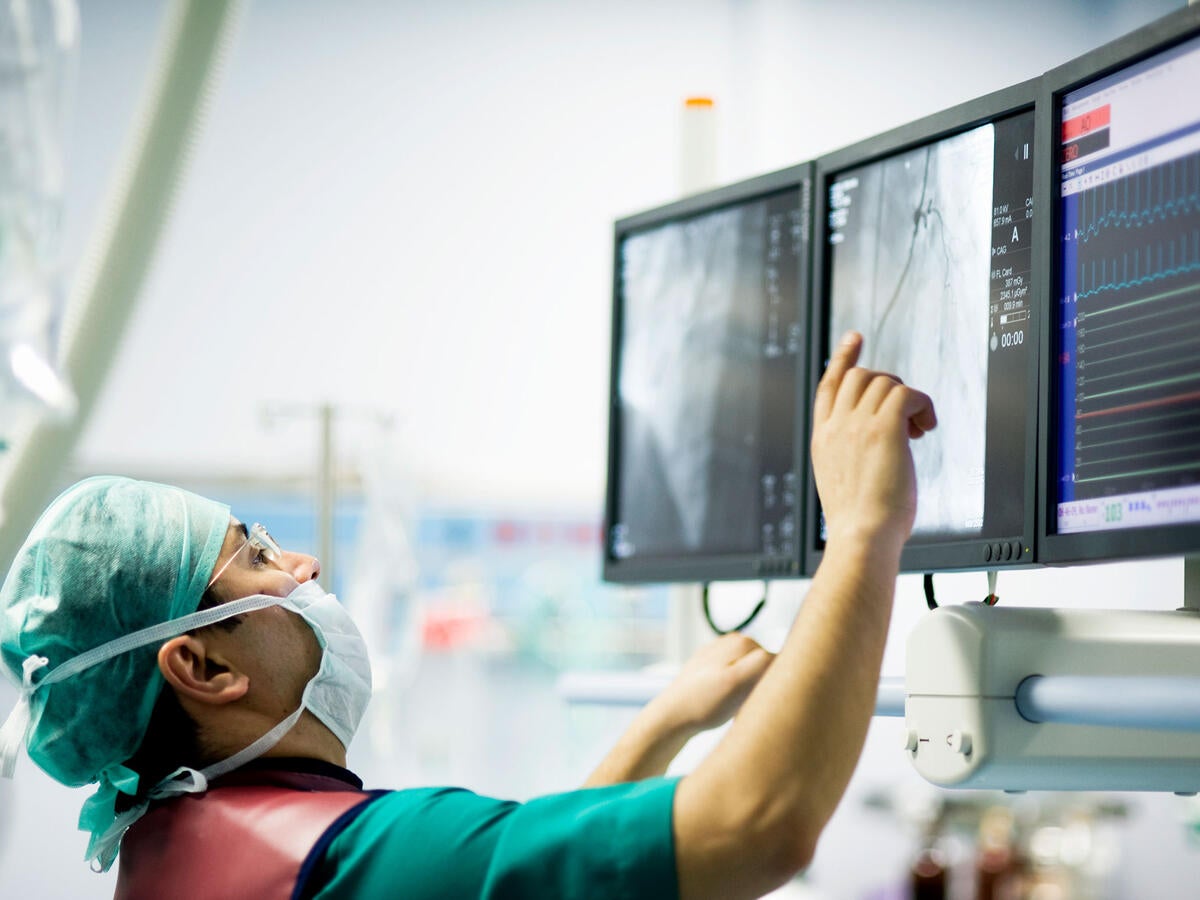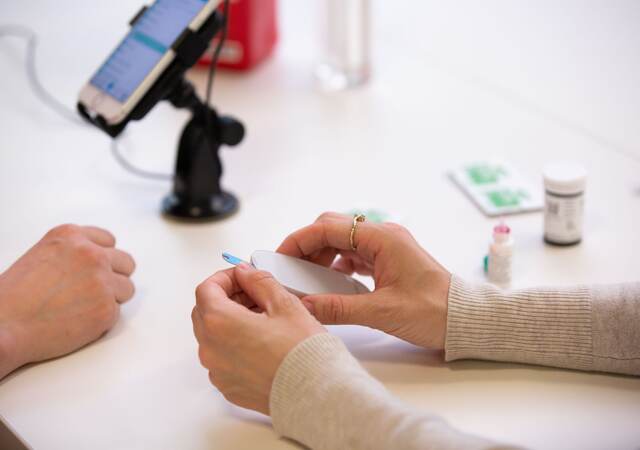ANSWERED ON THIS PAGE:
- What do our employees need to know about the MDR to maintain compliance?
- How can we recertify to the MDR?
- Is there an efficient, cost-effective way to train our team on the MDR?
In May 2021, the European Medical Devices Regulation (MDR 2017/745/EU) came fully into force, replacing the Medical Devices Directive (MDD) and Active Implantable Medical Devices Directive (AIMD). The MDR introduces numerous changes, including a shift from the pre-approval stage to more of a life-cycle approach. It also incorporates a variety of European guidance documents (MEDDEVs) into the regulation and emphasizes the importance of Post-Market Surveillance (PMS), clinical data, clinical evaluations, and Post-Market Clinical Follow-up (PMCF).
MDR compliance presents many new challenges to medical device manufacturers. Our in-depth MDR training is designed to help you and your team prepare for these challenges and transition smoothly to the MDR.
EU MDR compliance training: What you'll learn
Our training provides your employees with a functional understanding of the MDR. During the training, your team will work with two fictional medical devices or two of your company’s products. You will learn:
- Scope of the MDR and a definition of a medical device
- Economic Operators – their roles and responsibilities
- Uploading data and maintaining compliance with EUDAMED
- UDI in Europe and how it compares with US FDA UDI requirements
- Classifying medical devices under the European MDR
- Conformity assessment procedures and the role of Notified Bodies
- Safety and performance requirements
- Navigating standards under 2017/745/EU
- Clinical evaluations and “new rules” on adequacy of clinical data
- Clinical investigations and Clinical Research Organizations
- Post-Market Surveillance (PMS) and Post-Market Clinical Follow-up (PMCF)
- Vigilance requirements for Europe
- The role of the Personal Responsible for Regulatory Compliance (PRRC)
- Planning your transition to the MDR
This training allows ample time for discussion after each module. At the end of the training, your team will feel comfortable providing answers to most MDR questions they receive in their daily work.
EU MDR training: On-site and remote options available
Our MDR training is an excellent value for companies training three or more employees at a time. The training is conducted at your facility or remotely by senior regulatory consultants who spend most of their time working with customers on MDR compliance – not jumping from city to city conducting training sessions. They are fully tuned in to the needs of the industry and understand practical aspects of meeting the regulations. A private training allows your employees to ask questions related to their specific situations – something they cannot do comfortably in local hotel-based group classes that may include competitors. Plus, in-house training helps to ensure that every employee receives consistent information for a fixed price, regardless of how many employees attend.
The MDR is here. Please contact us for more information or a proposal for intensive EU MDR training conducted at your facility.
EU MDR training FAQs
Who should attend the MDR training?
The training is appropriate for all staff involved in regulatory activities up to upper management. A basic level of understanding of the European Medical Devices Directive 93/42/EEC is recommended, but the training can be adapted if required.
Do employees receive a certificate after the training is completed?
Yes, we will issue each attendee a signed certificate within one week after the training. The employee must attend the entire session to qualify for a certificate.
What is the daily training schedule?
Training generally runs for eight (8) hours each day and includes a one (1) hour break for lunch and two (2) smaller breaks in the morning and afternoon. However, this can be changed to suit your specific business needs.
Request more information from our specialists
Thanks for your interest in our products and services. Let's collect some information so we can connect you with the right person.






